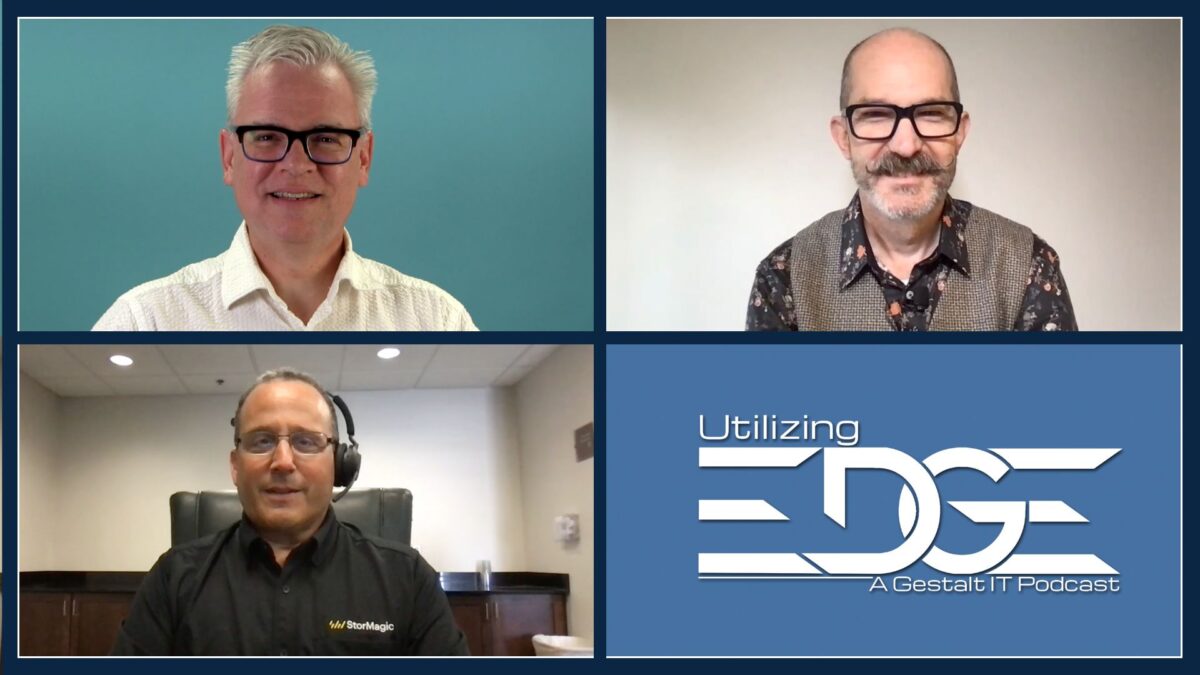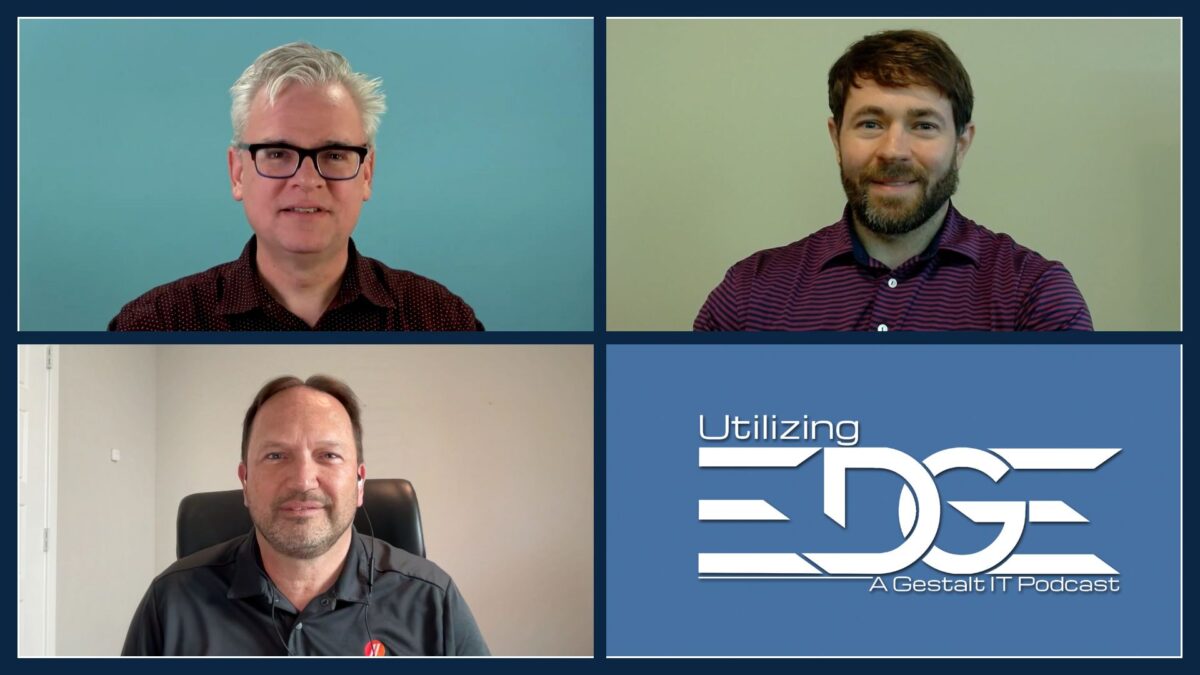Although we use Intel’s NUC as a shorthand for the type of hardware deployed at the far edge, this recently-cancelled platform isn’t all there is. This episode of Utilizing Edge looks beyond the NUC, to platforms from Lenovo, Nvidia, and more, with Julian Chesterfield of Sunlight, Andrew Green, and Stephen Foskett. ARM-based solutions, many using the Nvidia Jetson platform, are particularly interesting given their low cost and power consumption and strong GPUs for edge AI. A hyperconverged stack runs all of the components required for high availability, including storage and networking, in software spanning all of the nodes in a cluster, and this is commonly deployed on low-cost devices at the far edge. The trend to deploying applications at the edge is driven both by new hardware and software capabilities and the changing expectation of consumers and businesses.










